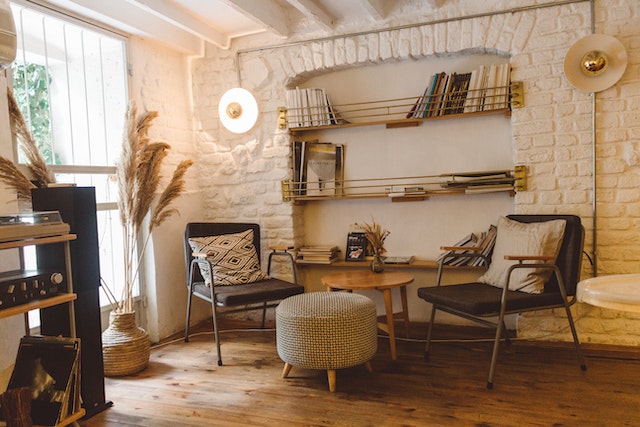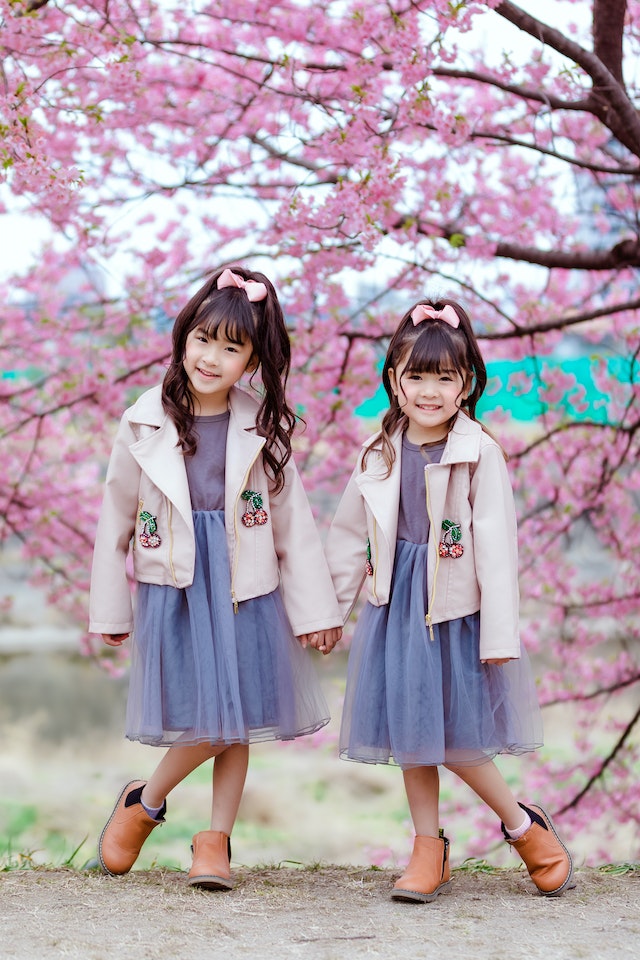Image Source
In today’s fast-paced world, it’s essential to cultivate a home that provides comfort and serenity for our senses. Incorporating elements that promote relaxation can significantly benefit our mental health. Plus, it’s a well-established fact that spending time in nature has a positive impact on our well-being. This is where ‘biophilic designs’ come into play.
Rooted in the concept of biophilia, which reflects our innate need to connect with nature, the biophilic design seamlessly integrates natural elements into interior spaces, creating environments that promote restoration and rejuvenation.
This design philosophy is particularly impactful in urban areas and suburbs like Toms River, where contact with nature is often lost. In fact, Toms River is witnessing a population surge; currently, it stands as the 8th most populous city in New Jersey. This population growth has gradually sparked an increase in housing construction while also contributing to the dwindling availability of green spaces within the city.
Creating a home where nature and natural elements take center stage helps create a space that boosts moods, increases productivity, and reduces stress levels. Here are some tips as to how you can do it.
-
Add some warmth to your cold and impersonal bathroom
Bathrooms are usually based on a very basic design. Yet, they can be transformed into relaxing and rejuvenating spaces by bringing in elements of nature. Achieve this with 3-D tiles, ceramic tiles resembling natural stone, and materials like stone, marble, and exposed wood beams. Use organic shapes and introduce plants and greenery. Even though a lot of people believe in DIY projects, it’s best to hire a professional to bring your ideas to life. Look up the keywords Toms River Bathroom Remodeling company near me online and hire an expert as they are familiar with the area and they know the local codes and permits required for renovations.
One of the easiest ways to incorporate nature into your living space is to prioritize natural light. Exposure to natural light helps our bodies produce vitamin D, improves our sleep patterns, helps us focus, and wards away seasonal depression.
You can hang a mirror opposite a window. The reflective surface of a mirror bounces light around the room, making it feel brighter and more open. Light hues of paint and pastels also reflect light better, making things vivid. Don’t block windows with furniture; use light-colored or sheer drapes to maximize the quantity of light that enters your home. You can also add skylights for the maximum effect. Now, this natural light is unlikely to penetrate every single area of the room, especially as the Earth spins away from the sun throughout the day, but if you shop for modern lamps you can balance that wonderful natural light with tasteful supplements.
Bring nature into your home with natural elements such as wood, stone, cotton, leather, bricks, or concrete. These materials can be used in various ways, from larger elements like furniture, reclaimed wood tables, hardwood or terracotta tiled floors, stone accent walls, or marble countertops, to smaller accents like carved wooden bowls, stone vases, rattan lamps, cotton and linen drapes, and leather upholstery.
According to research, colors influence our moods and behaviors. Warm tones like red, orange, and maroon make people feel passionate or energized. Cool tones like green, blue, and purple are known to have a relaxing effect. When choosing hues, consider the function of the space and the desired mood or atmosphere. A lot of homeowners miss out on this step. Earthy tones can bring warmth and a natural atmosphere to any home.
Golden hues, mustard yellow, rich caramel ocean blues, sage green, warm reds, and purples—these colors are often associated with nature. You can incorporate them in your flooring, furniture, textiles, paint, and soft furnishings.
Things and shapes in nature aren’t perfect. You can’t find a perfect square or a straight tree in nature, but our furniture is designed to be perfect — to have edges and rigidity. Take inspiration from nature: add flowing lines, uneven shapes and curves so you’re not restrained by sharp edges, stiffness, or sleek lines. You can add curved lighting fixtures, free-form clay pottery, curved sofas and tables, and rounded bathtubs for an organic and natural interior design.
-
Sustainable craftsmanship
Hand-woven textiles, hand-crafted furniture, recycled materials, or reclaimed elements will help create a cozy and homey space. Using sustainable materials and accessories will let you make choices with low environmental impact. Materials like straw, bamboo, cane, raffia, and so on are easily accessible and can be regrown. Built-in shelves, cane furniture, rattan furniture, knitted rugs, and woven baskets are some of the best choices for sustainably crafted things for your home.
Plants are known to reduce stress; they also clean the air and remove toxins. The calming influence of natural environments is conducive to positive productivity. Plants are one of the easiest ways to bring nature into your space. You can use plants to dress up a room, create a focal point, or just brighten up an area. You can hang vines from your ceiling, create a grouping of plant pots as a wall feature or add a big leafy green to the corner of the room.
In biophilia, sensory design considers sight, smell, touch, and hearing to create a space that promotes well-being.
Aromatherapy can relieve pain, improve mood, and promote relaxation. Lemon, mango, and lavender scents induce relaxation. Sweet orange, floral, and vanilla scents can help reduce anxiety. Grapefruit, tangerine, eucalyptus, and peppermint can energize you. You can burn candles, diffusers, or essential oils to stimulate your sense of smell.
Incorporate natural sounds into your spaces — a rain head shower, a waterfall faucet in a bathroom, or a small table fountain to mimic a babbling brook.
Add different textures and textiles to the home to stimulate your sense of touch and sight. Like a hand-woven run, texture wall finishes, woolen throws, and wooden bowls.
A fireplace can be a comforting centerpiece, lit or unlit. It can add an organic, earthy element to your room. Use natural materials to build the fireplace to express a connection to the earth.
A lit fireplace can be deeply soothing; science says so. Research indicates that having a fireplace in your home can elevate your mood. The warmth and light it provides can increase happiness and contentment. Plus, it fosters relaxation and a sense of community, contributing to overall well-being.
Wrapping up…
Nature has a huge impact on our emotional and physical well-being. Incorporating it into living spaces leads to a better quality of life. Adding natural materials, organic shapes, cozy textiles, and natural lighting can help create a sanctuary within our homes. For a happier and healthier life, it’s best to introduce biophilia into your interior design.








